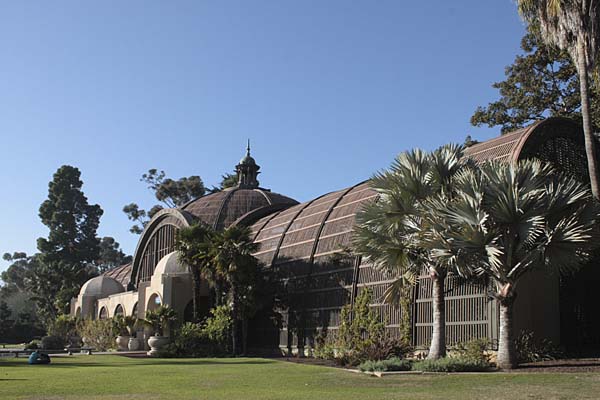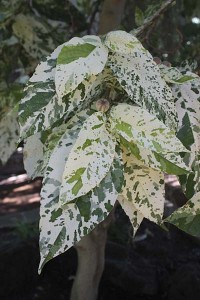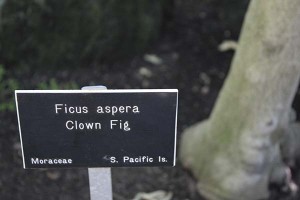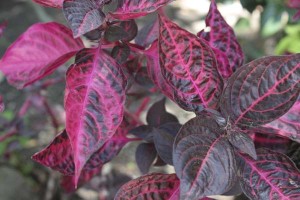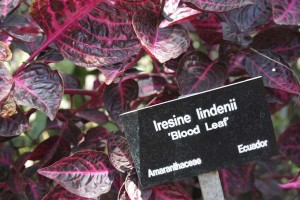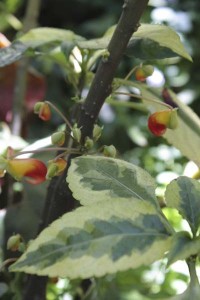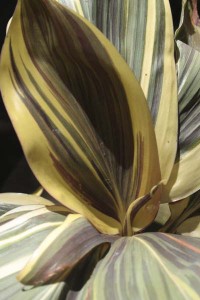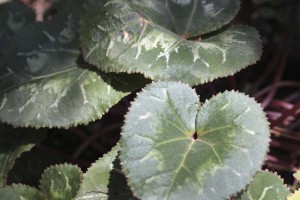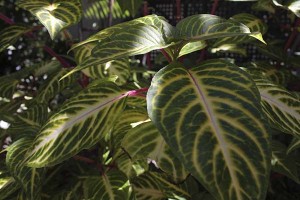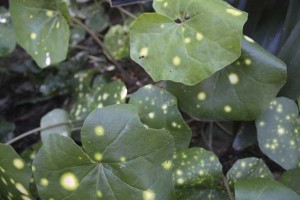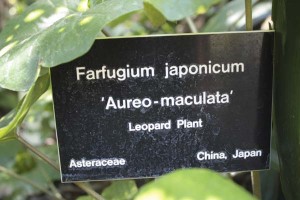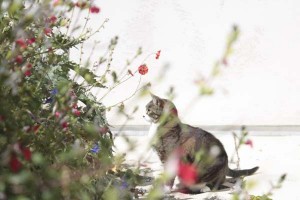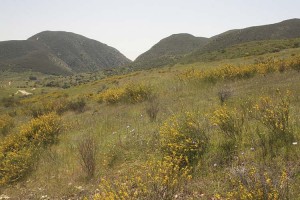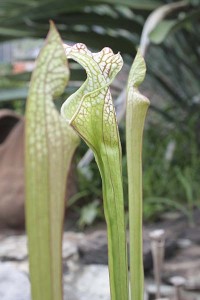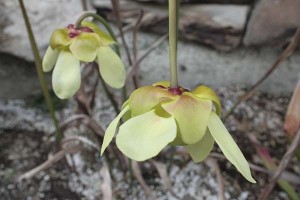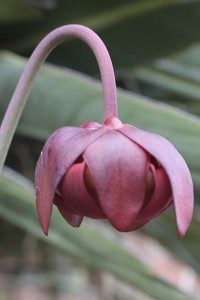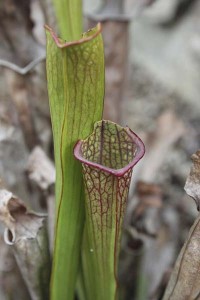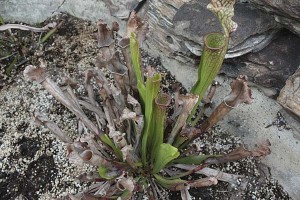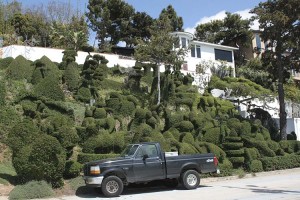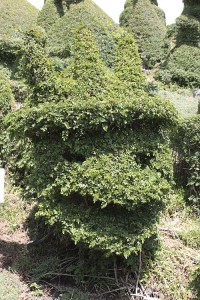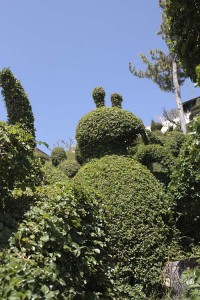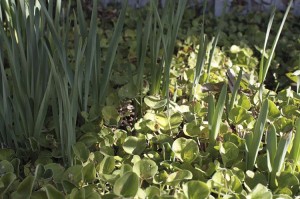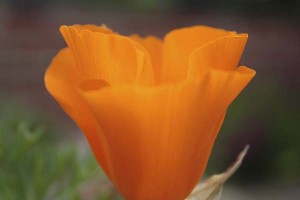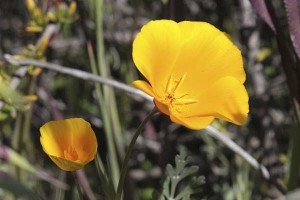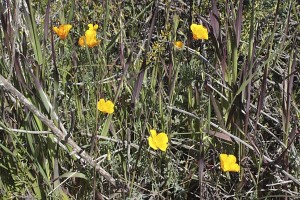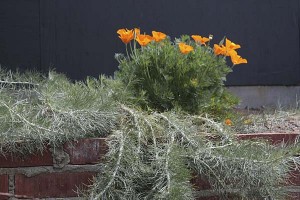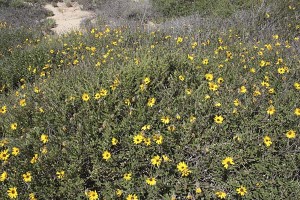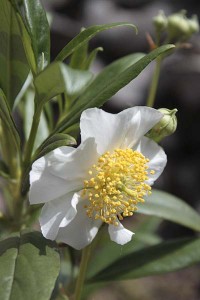Gardening Gone Wild is hosting a photo contest for the best image of native plants in a garden setting. Wander down to the links in the comments on their post to see all the excellent ways people use natives in their gardens.
It’s hard for me sit something like this out, so below are my three entries, photos taken in my garden over the last couple of months. (As usual, click to see the larger images.)
I’ve already shared the first two on these pages, so forgive me for reprising them. These are of clumps of blue-eyed grass (Sisyrinchium bellum) in a totally assorted planting, mixing the natives with veggies (Red Winter red Russian kale, beets, red- and orange-stemmed chard) ornamentals (heliotrope, geum and sages) and an herb (catmint). The planting requires an average amount of watering to keep everybody happy, but it shows how food plants and natives can easily coexist with more gardenesque selections.
(“Gardenesque”–how I love that word. No, I didn’t make it up. I have Noel Kingsbury (with Piet Oudolf) to thank for using it in Designing with Plants. He blogs, too!)
The first is a closeup of the native, the second shows the same bed three weeks later, after the geum started to flower.
The third photo pictures a foundation planting featuring one of the California native rushes, Juncus patens. I have this thing for spikey, architectural plants, and this one fulfills my needs nicely. Most rushes are creatures of wet zones. However, J. patens is one of the most drought-tolerant. These plants are located in the drip line for water off the roof, and they can make it through the summer with minimal added irrigation.




